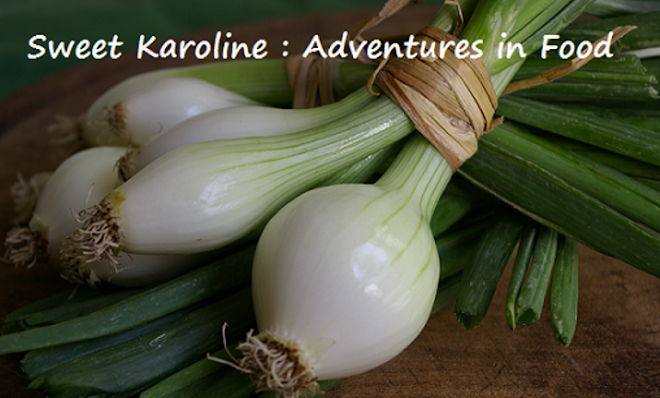This morning brought a little bit of a much needed adventure. The last few months have been full of the humdrum of everyday life. So, when the
San Francisco Professional Food Society posted a meeting and tour of the
Hodo Soy Beanery in Oakland, I jumped at the chance. It was even on a Wednesday! That never happens!

Making tofu, as it turns out, is very similar to cheese. The first step is to re-hydrate dried soybeans (Hodo uses only organic, non-GMO beans), mash them up, and "cook" them in very hot water. The result is soy milk.

Once the soy milk is drained off, the pulp must be emptied out. Hodo sells this to hog farmers in the area since there is still a great deal of nutrition left in the shells, etc.

The now warm milk is transferred to large bowls where a coagulant is added. After curds form, they are broken in a process not unsimilar to a paddle turning in an electric mixer. The broken curds are poured out into trays lined with cheesecloth. A tofu master is responsible for distributing the curds evenly and wrapping them in the cloth. The large block is then transferred to the pressing area. Large hydraulic presses are used to press the tofu to the desired thickness, releasing a significant amount of "whey". Once the blocks are set, they are cut (again by hand) and transferred to a cold water bath to cool.

Yuba is another popular product made from soy milk. As soy milk is heated, the proteins and fats coagulate, forming a thin sheet on the surface of the liquid. Once set, a tofu master first cuts the sheet loose.

The sheets are then hung to dry briefly. They are later folded and packaged. Hodo delivers to restaurants and farmers markets. Their products are sold within one day of production and are therefore the freshest tofu products available in the Bay area.

Fortunately, there were samples of some of the very delicious ways that tofu and yuba can be prepared!

When we returned to SF, I dropped Ben off at work and headed over to the Ferry Building to slurp down some
Hog Island oysters for lunch. Paired with
Acme bread and a glass of
Domaine Carneros pink bubbly, they made the perfect snack.

Feeling somewhat gluttonous, I strolled down to
Blue Bottle, where they misheard my request for an affogato (
Humphry Slocombe ice cream topped with a shot of espresso) for a macchiato (a shot of espresso with a dollop of steamed milk). So, instead, I just had both! All in all, it was a lovely afternoon.




















